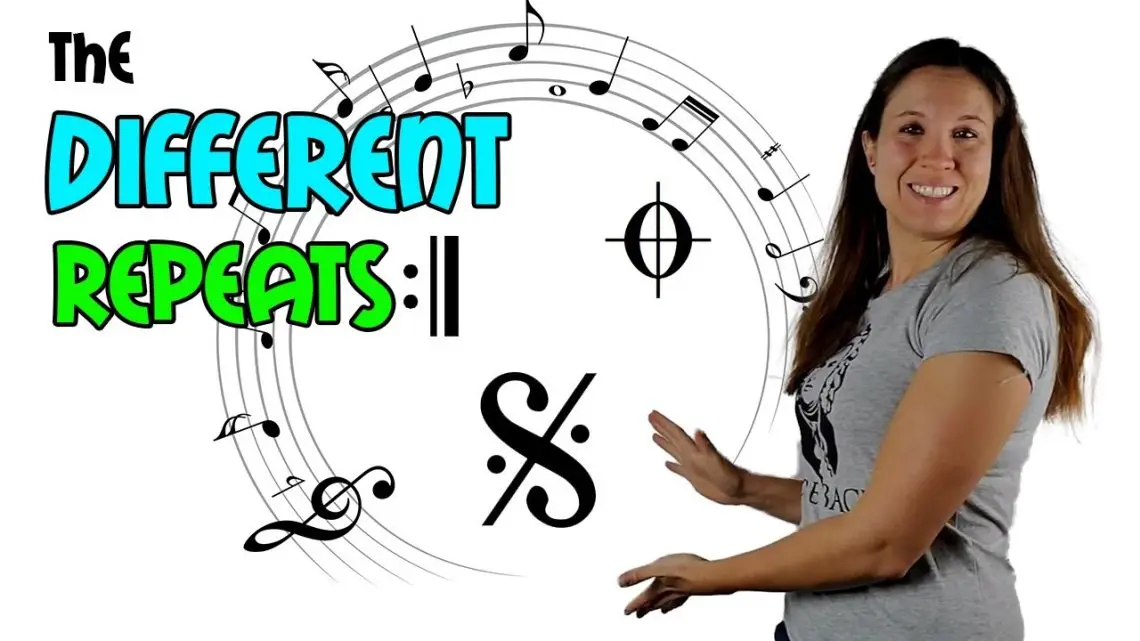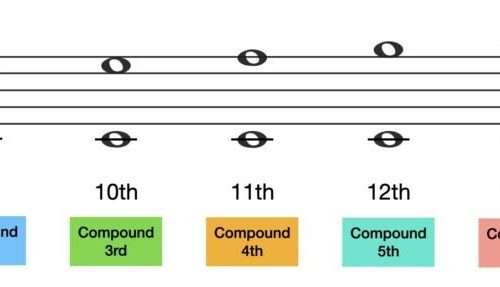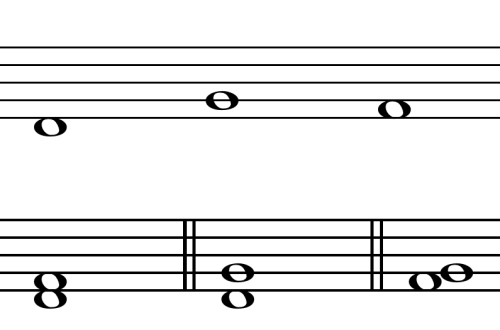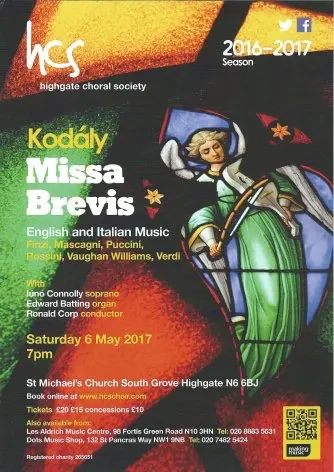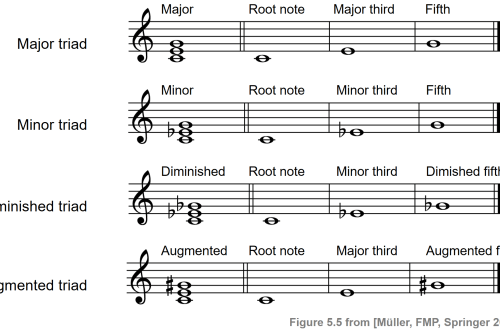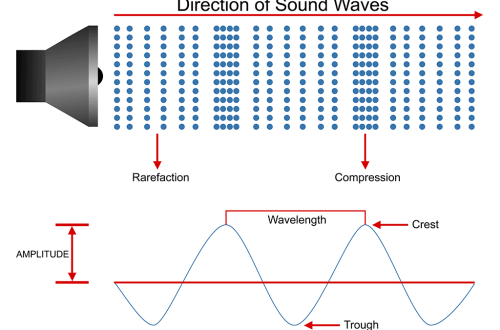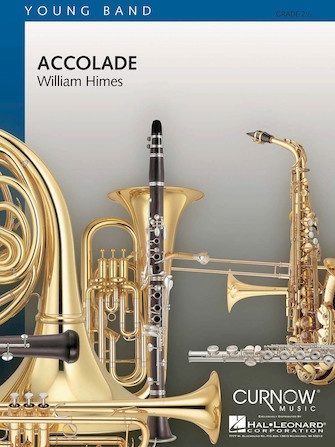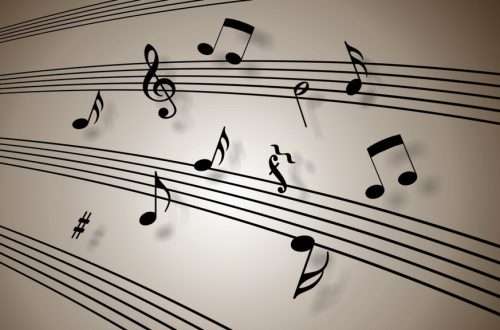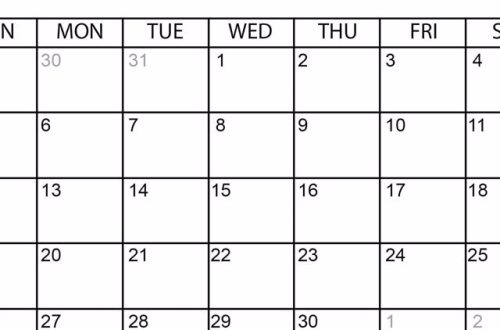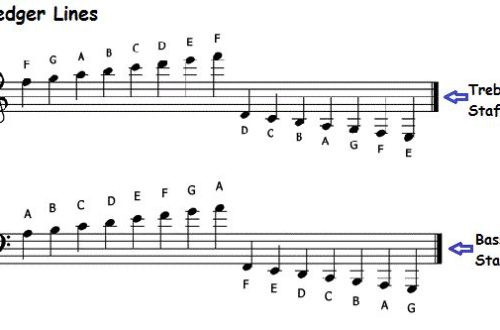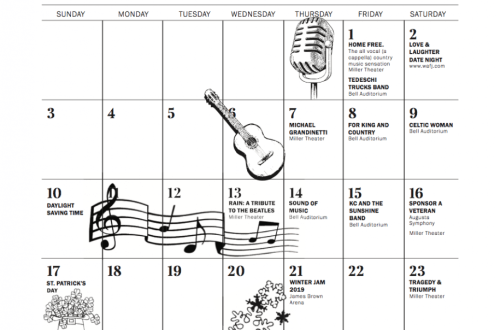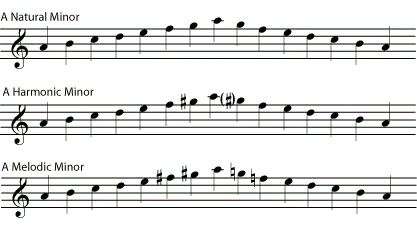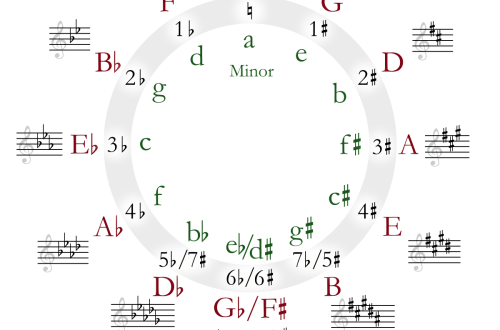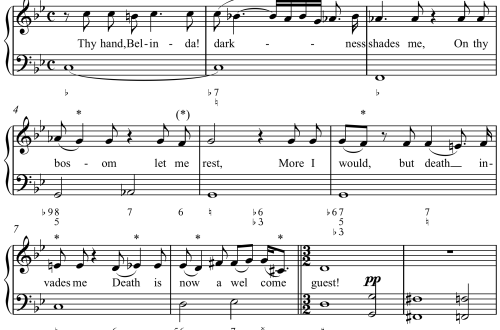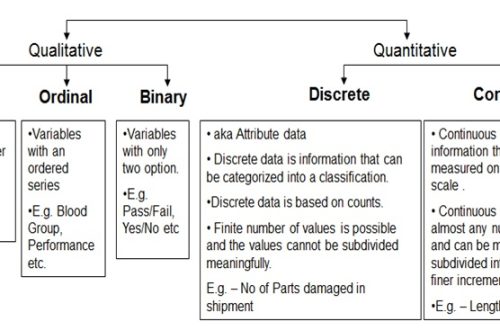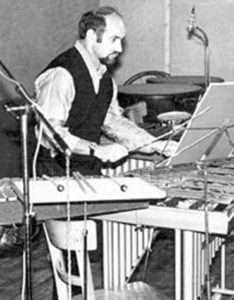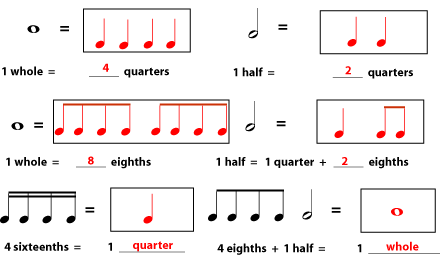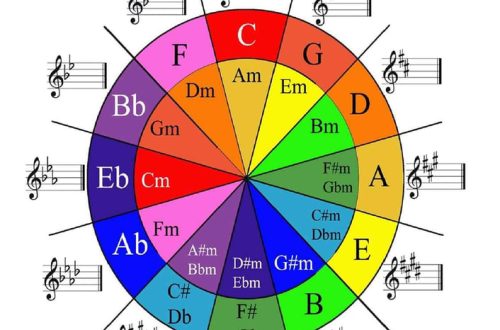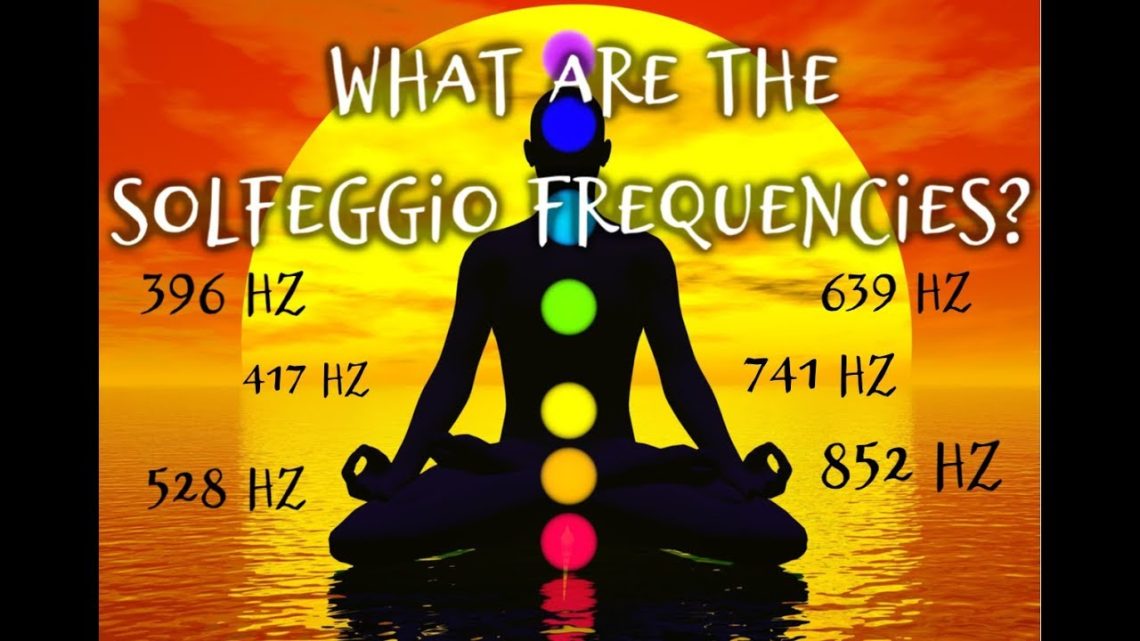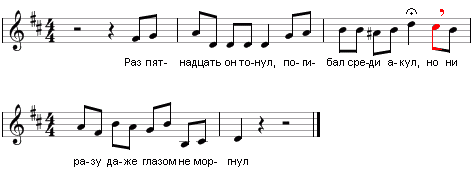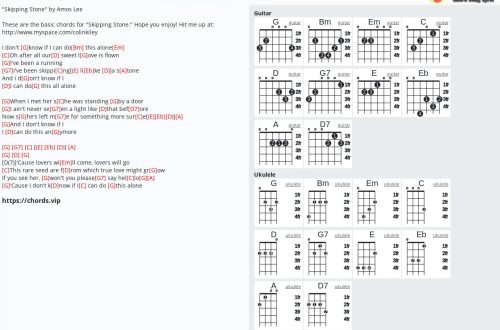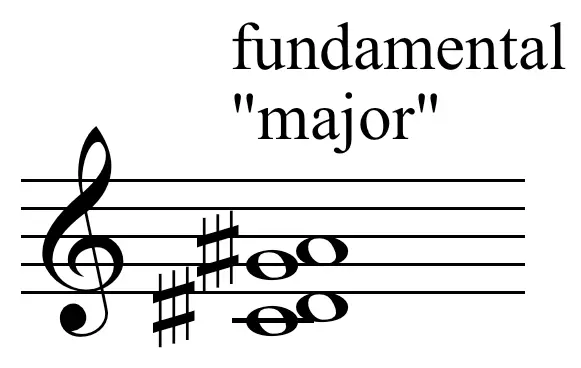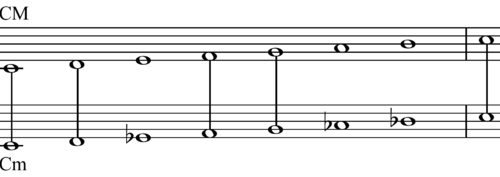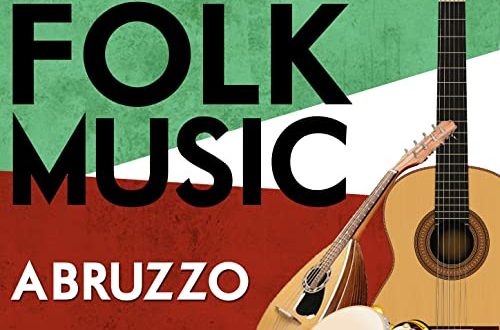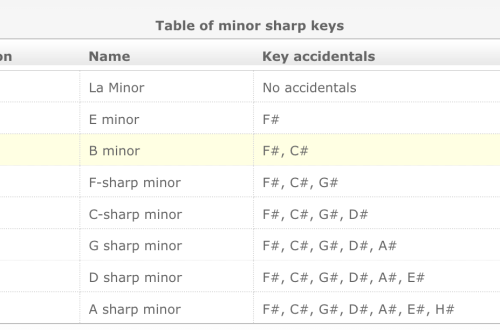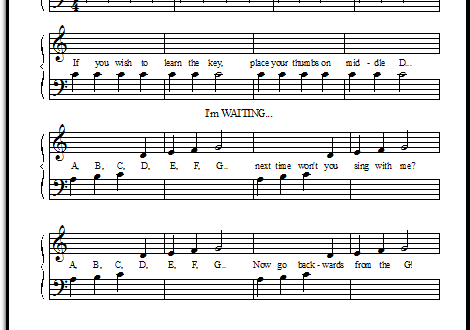Music Theory
Dear musicians! Music accompanies a person throughout his life. The music itself comes to life only in a live performance, in real sound. And for this you need a performer who masterfully masters his musical instrument and, of course, who understands well how music works: what laws it obeys and what rules it lives by. We know these laws and will be happy to tell you about them. The material is presented in a simple and understandable language, contains many sound examples. In addition, you can immediately test your knowledge: at your service are many interactive practical exercises - music tests. Also at your service are virtual musical instruments: a piano and a guitar, which will make learning more visual and simple. All this will help you easily and with interest to plunge into the wonderful world of music. The better you understand music theory, the deeper will be the understanding and perception of music itself. And we sincerely hope that our site will help you with this. Welcome to the wonderful world of music!
Segno and lantern: musical educational program
The segno and the lantern are two magnificent signs of abbreviation in musical writing, allowing you to save a lot on paper and paint. They perform a navigational function and are used when, during the performance of a work, it is required to repeat or skip some fragment of a significant duration. Very often segno and a lantern are used in pairs, “working as a team”, but their meeting in one work is not at all necessary, sometimes they are used separately. Сеньо (sign) – this is a sign indicating where to start the repetition. The moment after which you want to go to the repetition is marked in the…
Brevis: musical educational program
Breve is a musical duration containing two whole notes. In the music of the classical-romantic period and modern times, brevises are used relatively rarely. A striking example from musical literature is the play “Sphinxes” from the piano cycle “Carnival” by R. Schumann. Curiously, the very word brevis translated from Latin as “short”. Remember the famous expression: Vita brevis, ars longa (Life is short, art is eternal). In the Middle Ages, the brevis was one of the most common short durations, and the modern “whole” note was called a semibrevis, that is, half a brevis, two brevises together (or four integers) formed a duration longa (long – long).
Accolade: musical educational program
Accolade – this is a bracket that unites staves. There are the following types of chords: Common direct accolade or initial line – this type of chord is a vertical line connecting all the staves of the score. That is, the task of this accolade is to show all the parts that must be performed simultaneously. Group direct accolade identifies groups of instruments or performers in the score (for example, a group of woodwind or brass instruments, a group of string instruments or a battery of percussion instruments, as well as a choir or a group of solo singers). It is a “fat” square bracket with a “whisker”. Additional accolade…
Characteristic intervals of harmonic major and harmonic minor
Characteristic intervals only appear in harmonic major and harmonic minor. There are only four characteristic intervals, these are two pairs of interconnected increased and decreased intervals: augmented second and diminished seventh (uv. 2 and mind.7); augmented fifth and diminished fourth (uv.5 and um.4). As part of each of the characteristic intervals there must be a characteristic step, that is, a step that changes due to the fact that the mode becomes harmonic. For major, this is the sixth lower step, and for minor, this step is the seventh increased. The characteristic step is either the lower sound of the characteristic interval or the upper one. In general, stages VI, VII,…
Tritons of the natural and harmonic types of major and minor
Tritons include two intervals – a diminished fifth (dim. 5) and an increased fourth (v.4). Their qualitative value is three whole tones, and they are enharmonic equal (that is, they sound the same, despite the different notation and name). These are paired intervals, since uv.4 is the inversion of mind.5 and vice versa, that is, they are mutually invertible. If you raise the lower sound of the mind by an octave. 5, and leave the second sound in place, you get SW. 4 and vice versa. In tonality under diatonic conditions, we need to be able to find only 4 newts: two diminished fifths and correspondingly, two enlarged quarts. That…
How is learning at a music school?
Previously, students studied at music schools for 5 or 7 years – it depended on the chosen specialty (that is, on the teaching instrument). Now, in connection with the gradual reform of this branch of education, the terms of training have changed. Modern music and art schools offer two programs to choose from – pre-professional (8 years) and general developmental (that is, a lightweight program, on average, designed for 3-4 years). The most important subject in a music school Twice a week, the student attends lessons in the specialty, that is, learning to play the instrument that he has chosen. These lessons are on an individual basis. A teacher in…
How and when to start teaching music to a child?
As the saying goes, it’s never too late to learn. Among professional musicians there are those who came to music as adults. If you study for yourself, then there are certainly no restrictions. But today let’s talk about children. When should they start learning music and when is the best time to send their child to a music school? First of all, I would like to emphasize the idea that studying music and studying at a music school are not the same thing. It is better to start communicating with music, namely listening to it, singing and playing the instrument yourself as early as possible. Let music enter into a…
Is it possible to learn to hear, or How to fall in love with solfeggio?
Our article is devoted to how to learn to hear and guess intervals or chords by ear. Perhaps every child likes to study where he succeeds. Unfortunately, solfeggio often becomes an unloved subject due to its complexity for some students. Nevertheless, this is a necessary subject, well developing musical thinking and hearing. Probably, everyone who has ever studied at a music school is familiar with the following situation: in a solfeggio lesson, some children easily analyze and perform musical tasks, while others, on the contrary, do not understand what is happening from lesson to lesson. What is the reason for this – laziness, inability to move the brain, an incomprehensible…
About harmonic microchromatics
How many colors are there in a rainbow? Seven – our compatriots will confidently answer. But the computer screen is capable of reproducing only 3 colors, known to all – RGB, that is, red, green and blue. This does not prevent us from seeing the entire rainbow in the next figure (Fig. 1). Fig.1. Rainbow. In English, for example, for two colors – blue and cyan – there is only one word blue. And the ancient Greeks did not have a word for blue at all. The Japanese don’t have a designation for green. Many peoples “see” only three colors in the rainbow, and some even two. What is the…
New Keys
On the night of September 23-24, Johann Franz Encke, who had just celebrated his 55th birthday, was knocked persistently at the house. Heinrich d’Arre, a student out of breath, stood at the door. Having exchanged a couple of phrases with the visitor, Encke quickly got ready, and the two of them went to the Berlin Observatory headed by Encke, where an equally excited Johann Galle was waiting for them near the reflecting telescope. Observations, to which the hero of the day joined in this way, lasted until half past three in the night. So in 1846, the eighth planet of the solar system, Neptune, was discovered. But the discovery made…

